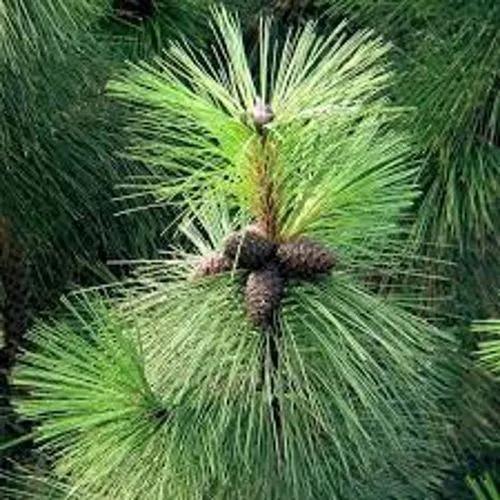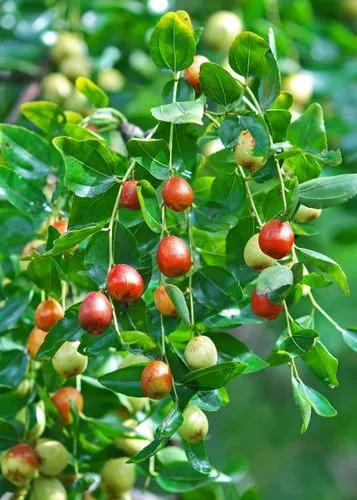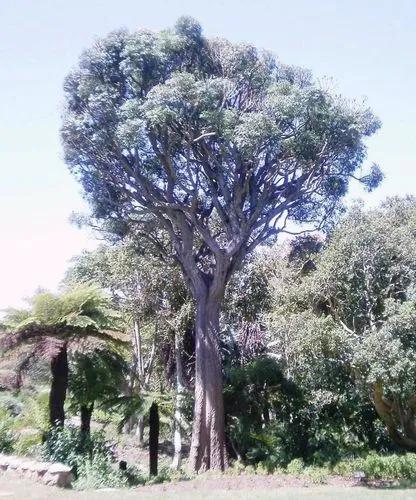Platanus orientalis, the Old World sycamore or Oriental plane, is a large, deciduous tree of the Platanaceae family, growing to 30 m (98 ft) or more, and known for its longevity and spreading crown. In fall its deep green leaves may change to blood red, amber, and yellow.
The tree is capable of being grown in most temperate latitudes, though it benefits greatly from warm summers. As a very large and wide tree with broad, thick leaves that tend to orient horizontally, it is especially prized for the shade and coolness it provides during the hot season.
It grows best in rich soil in a sunny location and can survive drought well. Although young plants appreciate regular watering.
The oriental plane is found naturally in riverine settings, together with such trees as alder, willow and poplar. However, it is quite capable of survival and success in dry soils once it is established.
Like other plane trees, its leaves are borne alternately on the stem, deeply lobed, and palmate or maple-like. It usually has flaking bark, occasionally not flaking and becoming thick and rugged. Flowers and fruit are round and burr-like, borne in clusters of between 2 and 6 on a stem. Considerable variation exists among trees in the wild, and this may be complicated by crossbreeding with planted London planes (Platanus x acerifolia), the hybrid of P. orientalis with the American sycamore (Platanus occidentalis).










